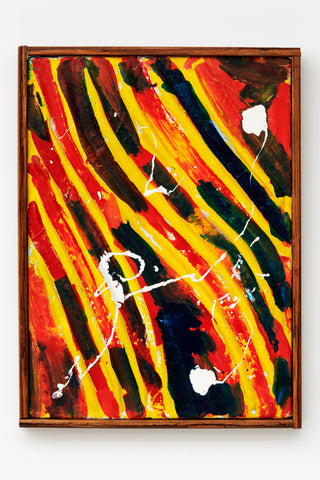Untitled 150964
TSUYOSHI MAEKAWA
1997
Ceramic
11.0 × 11.0 × 24.0 cm
Ceramic
11.0 × 11.0 × 24.0 cm
*View sales price by registering as a member for free.





